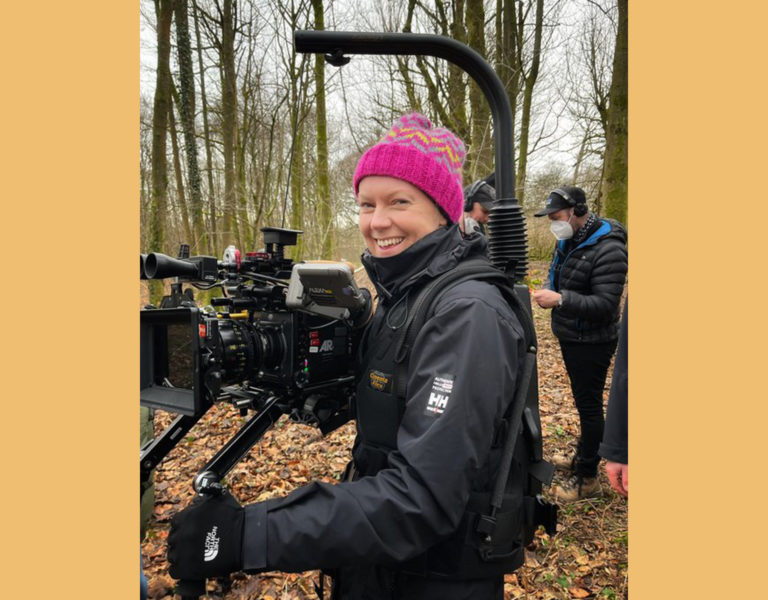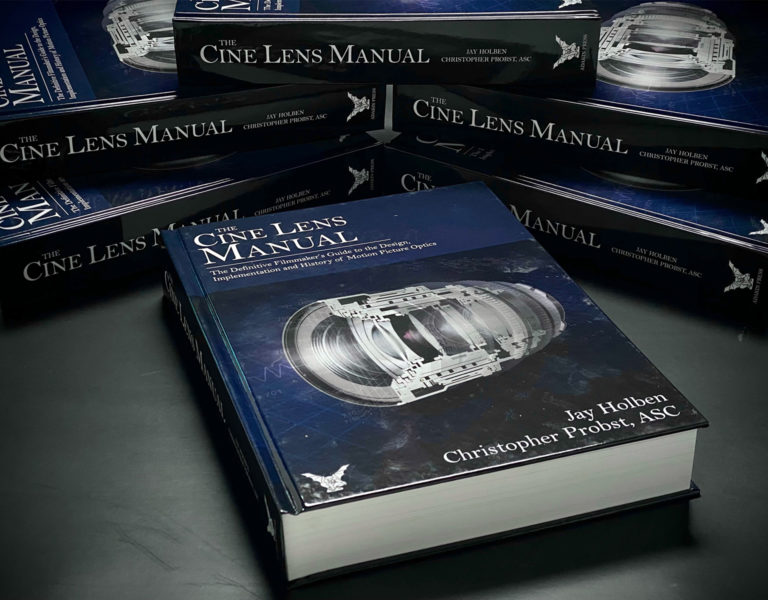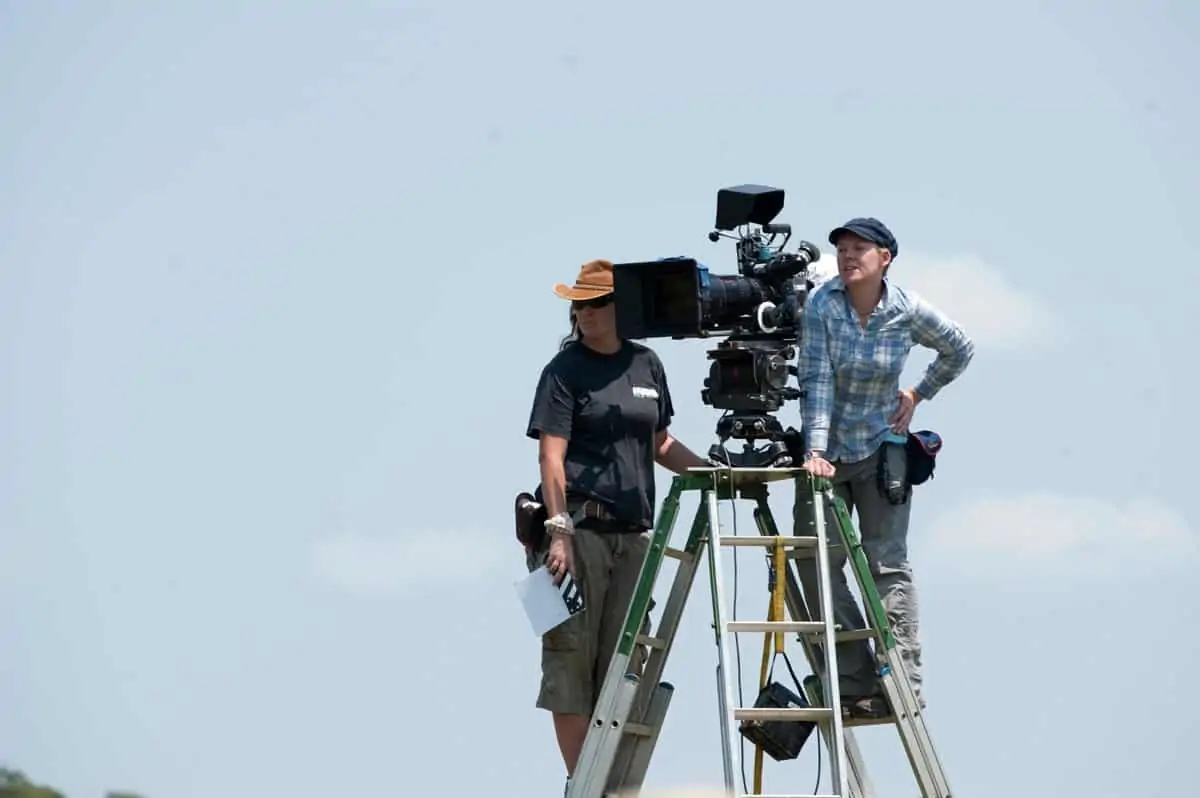Winning streak
British Cinematographer catches up with cinematographer Kate McCullough ISC, fresh from her success at the European Film Awards, to explore her career behind the camera and her work on The Quiet Girl.
Despite its name, The Quiet Girl (An Cailín Ciúin) is a film that everyone is talking about – not least for its cinematography. Earlier this month, its DP Kate McCullough ISC was honoured with the European Film Awards (EFA)’s Best Cinematographer prize; the latest in a string of accolades for her work on the Irish-language drama. Since the EFAs, The Quiet Girl has secured a place on the coveted Oscars shortlist for Best International Feature and stormed into second position in The Guardian‘s Best Films of 2022 in the UK countdown.
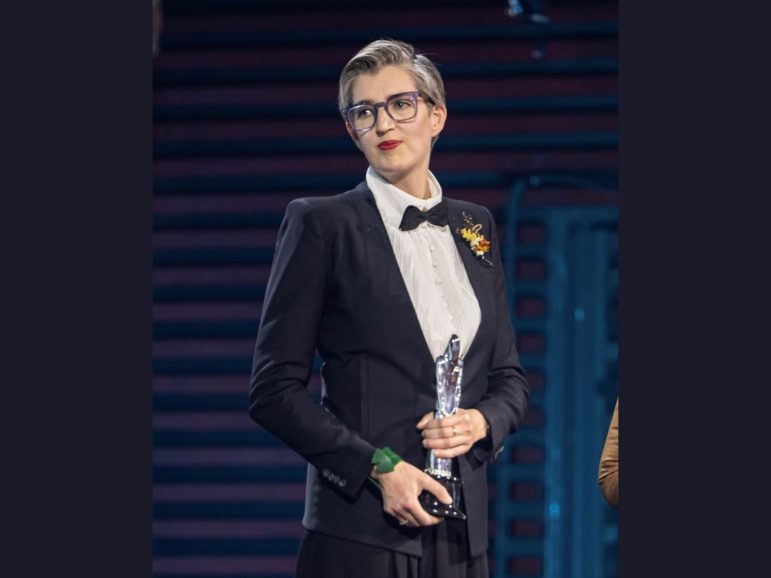
“Being acknowledged by the European film community is pretty special,” McCullough admits, speaking from her Dublin home. She has just returned from EFA’s sparkling awards ceremony in Reykjavik, Iceland, where the big winner was Ruben Östlund’s Triangle of Sadness and ceremony-goers danced the night away to a Björk DJ set.
It’s the kind of glamour that would have seemed a world away to a young McCullough, who was raised on a farm in rural County Meath. Growing up in the countryside, she had little exposure to the film industry and the role of a cinematographer.
“Our teacher at school basically told me, ‘Whatever you do, don’t go into photography,’” she remembers with a wry laugh. “I don’t know if that fired something up in me to push against it, but I’d been watching documentaries as a teenager and was fascinated by the idea of being behind the camera and being exposed to all these different scenarios that would be completely alien to my background.”

Sure enough, at 18, McCullough applied to study both film and photography at Ireland’s National Film School. She didn’t make it onto the photography course but was pleased to have the opportunity to make films – even if she hadn’t made any before. “Weirdly, there was a rumour going around that someone had got on the film course accidentally and my imposter syndrome meant I thought it was me, because I hadn’t done any films at that point,” she says. “The course was a step up for me – suddenly I was studying something that I was really passionate about.”
As just one of a handful of women in a class dominated by men, she remembers it took around a year and a half before she plucked up the courage to take the camera in her hands. But once she did, she firmly caught the filmmaking bug and shot as many shorts as she could before burnout struck. “I went off and worked with the homeless for almost a year just trying to find my way again, because I didn’t really believe that it was possible to work in my industry as a female cinematographer because there was nobody in Ireland at the time doing that [in the early 2000s],” she says.
The break gave McCullough space to reflect on her career and she was eventually inspired to apply to study at Poland’s National Film School. Soon accepted for a stage, she headed for Łódź, where she’d been told Polish language skills wouldn’t be necessary to get around. Upon arrival, it quickly became clear the opposite was true.
Rather than give up, she ended up learning Polish for a year before embarking on the school’s main course for two years. It was an enlightening experience in many ways: “It was the first time I started to see other women like my peers, who wanted to be cinematographers.”

Cinematographer and director Jolanta Dylewska PSC was one of the tutors at the film school at the time and McCullough recalls: “Just seeing a woman who was working in the industry was like, ‘wow’. I had this macho idea where you had to be tough to make it in the industry, but she was so gentle and such a calm spirit. It made me realise that all types are accepted [in the industry], and maybe it’s possible for me too because I’m not such a loud a character.”
After Poland, McCullough returned to Ireland in 2008. Although her parents thought a 9-5, Monday-Friday job in national TV might be the way forward, she was actually offered the chance to shoot a feature documentary. His & Hers, shot on 16mm with Michael Lavelle ISC, ended up being awarded the Sundance World Cinema Cinematography Award: Documentary. “That launched my documentary run and I became known as the documentary cinematographer – that’s how it goes, isn’t it?” she jokes.
Nowadays, McCullough is more drawn towards narrative projects – notably lensing three episodes of the smash-hit BBC TV series Normal People. But how has her documentary background – which includes the acclaimed I, Dolours – helped shape her approach to cinematography? “It’s built a backbone in me, I think, in terms of my sensibility and, and being able to judge situations as things unfold, and which character to run with within a scene – already kind of editing in your mind,” she explains. “Building up a kind of library of images and just being exposed to all sorts of different cultures.”

Sharing her roots in documentary filmmaking is The Quiet Girl’s first-time feature director Colm Bairéad. Bairéad reached out to McCullough with his plans to adapt Claire Keegan’s celebrated book, Foster – the story of a nine-year-old girl sent to live with foster parents in rural Ireland.
“The book is a beautiful piece of writing – very, very moving,” McCullough says. “The project sounded really interesting, but I was a little bit anxious that the script wouldn’t do the book justice. So, I read the script, and even though I knew what was coming at the end, I was crying. I thought, ‘I need to meet this guy.’”
When they met, it turned out the pair had similar cinematic sensibilities. Bairéad spoke about Lynne Ramsay’s Ratcatcher and her short Gasman; “Films I really appreciated when I first started out,” McCullough adds.
Although not her initial preference McCullough shot The Quiet Girl on Zeiss CP3 lenses, paired with the Sony Venice. Despite these lenses being very sharp and clean she was able to find a sweet spot with them using a 1/8 BPM filter. Filming took place in autumn 2020 in Meath and Dublin, where one particular shot, on a beach in Rush, forms one of the DP’s favourite memories of the project.
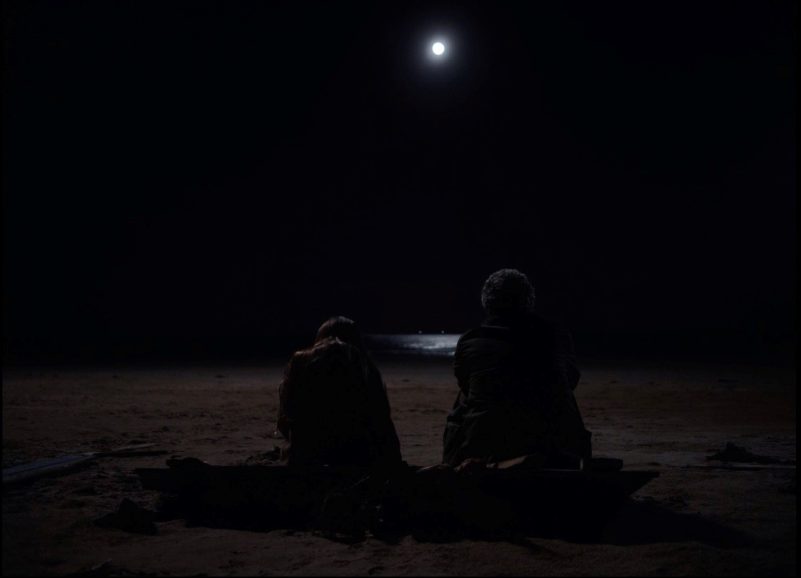
“You feel completely exposed as a cinematographer because the challenge is to try to light a whole beach to infinity, or at least that the audience aren’t going to question where the light falls off into darkness,” she explains. “Maybe it’s going to be too windy so won’t we be able use the genie boom for light, and then the tide is coming in… all these factors. There was no real contingency plan because it was low-budget (€1.3 million). We had a six-hour window between the tides going out then coming back in again, and we also had child working hours restrictions to contend with, so this was the only day in the whole shoot we could film this night-for-night scene. We had planned to shoot some plates in dusk light to help create depth at sea afterwards in post.
“We arrived at the location and the moon was out – it was glowing – and there was no wind. We were so lucky. Once we put up the lights and we’re finding the frame for the wide shot, the moon was actually in shot back-lighting the sea. The glow of the moon reflected in the water was giving this beautiful depth to the scene.”
The Quiet Girl marks the McCullough’s second Irish-language project, following 2019’s Monster (Arracht). It was filmed as part of a scheme called Cine4 supporting Irish-language filmmaking. “They’re choosing strong stories in a time when everybody’s putting their energy into TV production – it’s admirable,” she says.
Although the director and cast spoke Irish, the lingua franca among crew was English. McCullough speaks some Irish, learnt during her schooldays, but believes the language barrier could have had an interesting cinematographic impact. “I understood a good chunk of it, but it was curious – as a cinematographer, you’re maybe tuning into body language a little bit more than what’s actually being said so maybe it gives you another kind of layer,” she notes.
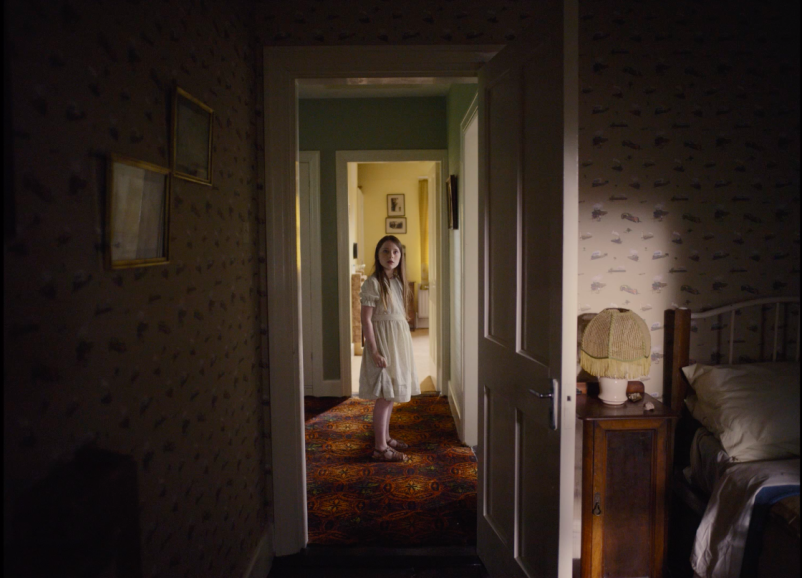
When asked about her filmmaking inspirations, McCullough credits her cinematographic compatriot Robbie Ryan BSC ISC (also the only other Irish DP to win at the EFAs) and his “emotive and responsive” work. Robby Müller NSC BVK and Bradford Young ASC are other influences, as well as stills photographer Harry Gruyaert.
The DP is a proud member of the “brilliant” Illuminatrix collective of female cinematographers. “It’s such a good sense of community. Initially, when I was doing my own thing, working away with documentaries, I did feel quite alone at times,” she says. “There were certain things I wanted to ask but didn’t have access to other cinematographers to do so. Being part of a collective means there’s that open, supportive space to ask for advice.”
On the subject of advice, does McCullough have any words of wisdom for up-and-coming DPs? “My motto is to try and follow my gut instinct. Over the years, you might be offered stuff that sounds exciting but perhaps for the wrong reasons. So it’s always really good to just listen to your internal person.”
The Quiet Girl is available to watch in the UK on Curzon Home Cinema. Kate McCullough is repped by Casarotto Ramsay & Associates.

